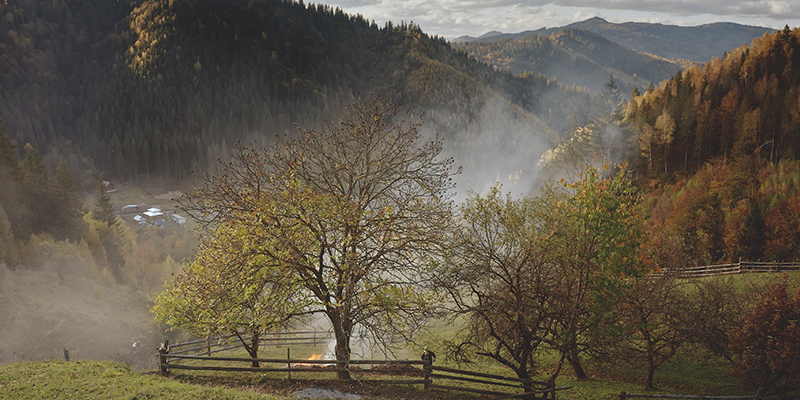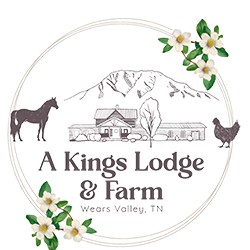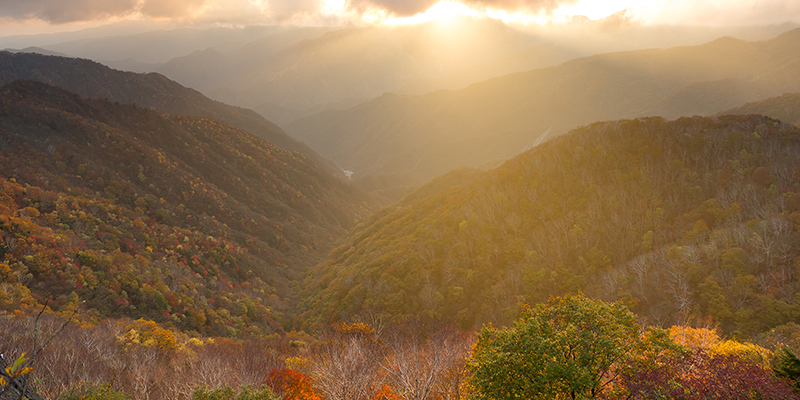

Visit the Smoky Mountains
Statistically, The Best Time to Visit Smoky Mountains National Park
Visiting Smoky Mountains National Park, known for its lush forests and numerous waterfalls, is on nearly everyone’s bucket list.
The park is open year-round, but when is the best time to visit? We’ve run through the statistics to find the answer.
Let’s explore!
What is the Scoop about Smoky Mountains National Park?
Smoky Mountains National Park sits on the border of North Carolina and Tennessee and encompasses about 522,427 acres. It also has the highest number of visitors in all 59 national parks, seeing over 12 million people in 2020. That’s a huge amount, especially compared to the second most heavily visited national park – Yellowstone – which saw 3.8 million people that year.
The park has well over 500 miles of scenic drives, plus 150 trails ranging from easy to difficult. As a result, you can easily explore, no matter your mood or fitness level. Of course, we can’t forget the famous waterfalls.
The National Park Service (NPS) says you can hike to 11 major falls and three you can drive to. However, with over 2,000 miles of streams in the park, you’re bound to find more.
Best Time of Year to Visit Smoky Mountains National Park
The NPS rangers will tell you that any time of year is the best time to visit Smoky Mountains National Park. So we took a look at statistics and other factors for all the seasons to see what will be best.
Spring
A nickname given Smoky Mountains NP is the “Wildflower National Park.” In fact, there are over 1,500 different flowering plants there. The website proudly proclaims that’s more than any other North American national park. Wildflower viewing is so popular, in fact, that they hold a Spring Wildflower Pilgrimage. This is a week-long festival that includes activities such as guided walks and hikes and other wildflower-focused programs.
The Smoky Mountains National Park website also lists ten specific “wildflower walks” you can take. These walks and hikes vary from easy to strenuous. For example, the Cove Hardwood Self-guiding Nature Trail is a moderate 3/4-mile loop. On the other hand, the Oconaluftee River Trail is an easy three-mile riverside walk.
Spring in the park brings unpredictable weather. March, in particular, has quite a bit of rain, and temperatures can still be below freezing in much of the park.
In fact, you’re still likely to see snow in the higher elevations. April and May see warmer temps and less rain. These months, though, are best for seeking out waterfalls with the rains and snowmelt creating spectacular flows.
From March to May, other than during the Pilgrimage or holiday weekends, you’ll see fewer crowds and lower lodging prices.
Summer
In Smoky Mountains National Park, summertime brings warmer weather and opens up more of the park to camping and hiking. Wildflowers still abound, but not as much as during the spring. Scenic drives can take you through the entire park, even right up to a few of the waterfalls, as we mentioned above.
Summer sees temperatures up to the 80’s and 90’s in July. However, as with spring, the temperature range depends on your elevation. Higher elevations rarely see temperatures over the low 80’s. Summer also provides showy afternoon thunder and lightning storms, amping up the humidity in the area.
As a matter of fact, July typically has the most rainfall of the year, with June, August, and March coming in close seconds.
July is also the busiest month, and summer is the busiest season. However, fall gives it a run for its money. While summertime is one of the best times of year to visit for the park’s amenities and access to higher elevations, it’s also crowded.
So if you visit during the summer, try to check out some of the less popular locations such as Abrams Creek, Balsam Mountain, or Foothills Parkway.
Fall
October is about as busy as July in Smoky Mountains National Park. People come from around the world to experience one of the best fall foliage displays. Depending on the year, the trees can start changing color as early as mid-September and last through the end of November. That said, the best time to plan a leaf-peeping trip is in mid-October to early November. Aim for the mid and lower elevations for the most deciduous trees and, therefore, the best show.
Hiking and camping are still enjoyable in the early fall. September still has daytime temperatures in the 70’s and 80’s. By November, you’ll start to see highs around the 50’s and 60’s. Keep in mind, there’s about a 5500-foot elevation change between the lowest and highest parts of the park. So be sure to check the weather for where you’ll be spending your time.
The crowds slow down after school starts, but they surge again in October because of the fall leaves. To avoid them, and to keep your budget lower, schedule your trip in late September or early November.
Winter
Have you ever seen a frozen waterfall? Winter in Great Smoky Mountains National Park offers the opportunity to hike or drive to a number of these astonishing displays. With snowfall generally happening higher up, many roads and campgrounds remain open year-round. In addition, there are a number of lodges and hotels surrounding the park. These allow you to drive the scenic roads without the summer traffic.
Nearby Pigeon Forge lights up the town for Christmas, turning it into a “winter wonderland.” While you’re there, watch the parade and do some holiday shopping at the Christmas Place, a huge Christmas-themed shop that’s actually open all year. Or head up to the north edge of the park for some skiing at Ober Gatlinburg, the only ski resort in the area.
Winter weather in Smoky Mountains National Park isn’t quite as unpredictable as spring. However, you’ll still see a range of temperatures. Again, this depends on your elevation, but about half of the winter sees temperatures above 50 degrees. Sometimes, they’ll even reach into the 70’s. Most nights, though, are around or even below freezing. At the higher elevations, you can even get into minus zero temperatures.
Because of the lower temperatures and school being back in session, you won’t see nearly as many people here during the winter. As a result, pricing for campgrounds, hotels, and other lodging is much lower than any other time of year.
Bear Season
Smoky Mountains NP has one additional season. Bear Season. Female bears usually come out of their dens in late March through early April. They’re always dangerous, but having cubs around makes them especially defensive. July is another sensitive time when the bears are mating. So if you’re visiting during spring and summer, take note that they’re most active early in the morning or late evening.
Best Time of Day to Visit Smoky Mountains National Park
As a bonus, we thought we’d look at timing as well. As with most popular destinations, it’s better to tour the park or hike that trail earlier in the day. According to the park’s website, the busiest hours are between 10:00 am and 6:00 pm.
Sunrise and sunset offer the opportunity for stunning photographs. In the summer, the sun rises as early as 6:18 am and sets as late as 8:53 pm. Clingman’s dome and Newfound Gap parking area both allow you to view the sunrise from your car. Though, you can opt to take the short, steep hike to an observation tower at Clingman’s Dome for a more spectacular view.
In the wintertime, the earliest sunrise is around 7:43 am, and sunset is at about 5:20 pm. Clingman’s Dome again comes up as an excellent place to view the sunset. Another vehicle-accessible location is Morton Overlook, noted as the best view for the setting sun without having to get out of your car.




